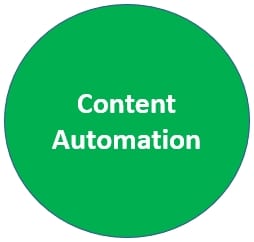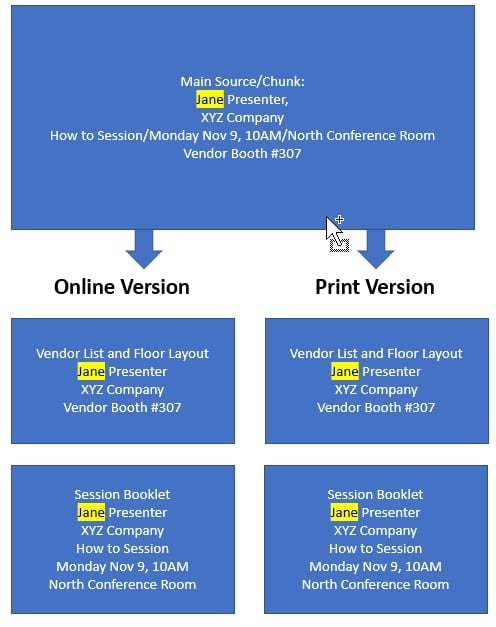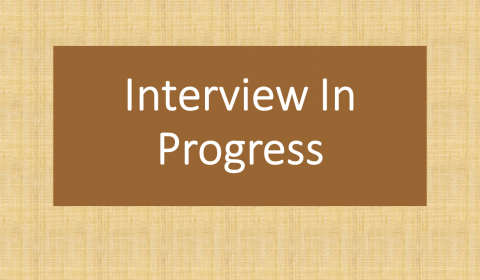Early in my young adult life, I had encountered a tragic event that an average teenager should never have to face. A tragic event that no one should ever have to face. At the young age of 18, my beloved cousin Robert had passed away from a drug overdose. There is not a word in the English dictionary that could have expressed the grief and sorrow that my family felt and I could not emphasize enough that no person should ever have to experience that kind of pain. With that pain; however, a glimmer of hope did surface.
In this post, I want to highlight a hero that emerged from Rob’s passing, my Aunt, Tammy Lofink. She was faced with the worst fear that any parent could have, and even worse, the lingering grief and suffering that became a permanent mark on her life. Despite this, Tammy was able to use her grief as motivation. She found purpose in becoming an activist for teen drug addiction and planned on making it a goal in her life to combat this crisis.
In 2015, one year after the passing of Rob, Tammy formed the organization Rising Above Addiction. This is a nonprofit organization based in Carroll County, Maryland. Their primary goal is to focus on the community by hosting countless charity events that bring people together, educate them on the dangers of drug abuse, and raise money to help those in need. Over the years, they have hosted events such as softball games, barbeques, Running and Riding for Recovery, golf tournaments, and the event that kicked off this organization, sky diving events. With each event, a tighter bond connects each community member. More importantly, it presents an opportunity for inclusion for those struggling with drug addiction.
This organization brings those individuals together and lets them know that they are not alone in their battles. Tammy quotes on this inclusion as she states in her book, “we recognize that when someone is under the influence of drugs, they are not always capable of making the decision to get help. The goal is that after detox, individuals make the decision to stay in treatment. My mission and my vision are to make treatment available to all who are ready”. That mission and vision only continued to grow as she has gone on to open two sober homes (Reclaiming My Life and Keeping My Serenity). In these sober homes, “a group of men or a group of women share a same-gender house in hopes of re-entry into the community as productive members”. These homes offer a chance at rehabilitation and a chance to achieve a normal life that the evils of drugs had taken away.
As I have consistently mentioned throughout this post, she has also written a book that has truly forwarded her movement on combating drug addiction. Tammy Lofink, with Sylvia Blair editing, wrote the book Reclaiming My Life. This book presents a captivating journey that my Aunt has taken through life, especially when detailing Robert and his constant battle with drug abuse. She does not hold back as each page, each word holds such an impactful meaning of love. I want to specifically point out how she connects herself to Robert throughout the book. It offers a great parallel between individuals, adding to her struggle in trying to save him and highlighting Rob as this overarching angel that has guided her throughout her countless efforts to make sure no parent ever has to go through what she did. With the goal in mind to find inner peace in her tragedy and to help others find comfort in their situations regarding addiction, she was able to communicate her story and offering a chance for others to get the help they need with addiction.
Whether it was through her words on paper or her actions assembling an organization that allows those a second chance, Tammy was able to make the difference and I feel has solidified herself as a hero in every sense of the word. When I envision effective communication methods, my Aunt ultimately displayed this in the face of adversity. Her words have been able to start a movement in Maryland by helping those who truly need it. Even more commendable, she was able to bring light to Rob and his passing. Her book, her organization, the countless lives she was able to save by giving them a second chance in the fight against drug addiction, everything was for him and in his spirit.
I am blessed to be able to have such a strong and dedicated member of my family. Even more, I am extremely grateful for having the chance to write about and pass along her accomplishments. In concluding this post, I felt it would be fitting to speak in the words of my Aunt, the way I feel she would end it just like she does in her book:
“For you, Because of you, and In Memory of You”.










